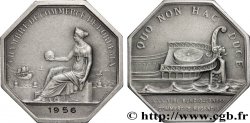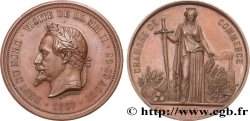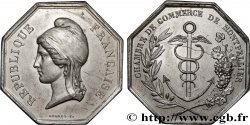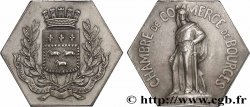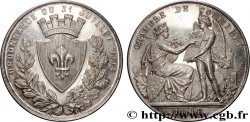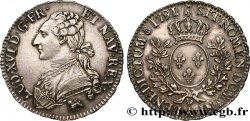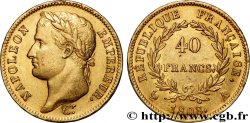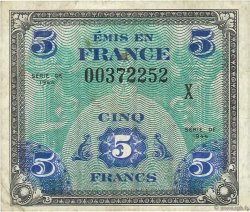fjt_509132 - CHAMBRES DE COMMERCE Chambre de commerce de Dieppe (Louis XV) 1758
150.00 €
Quantità
Aggiungi al carrello

Tipo : Chambre de commerce de Dieppe (Louis XV)
Data: 1758
Metallo : argento
Diametro : 28,15 mm
Asse di coniazione : 6 h.
Peso : 8,5 g.
Orlo : cannelée
Grado di rarità : R1
Commenti sullo stato di conservazione:
nettoyé
N° nelle opere di riferimento :
Diritto
Titolatura diritto : LUD. AMATISS. ÆQUI ARBITER.
Descrittivo diritto : Buste de Louis XV à droite avec une légende très particulière, type Guéant Prieur 636A.
Traduzione diritto : Louis le Bien-Aimé arbitre de la Justice.
Rovescio
Titolatura rovescio : LIBRATIO CELER ET AEQUA À L'EXERGUE : LES PRIEUR ET JUGES CONSULS DE DIEPPE 1758.
Descrittivo rovescio : Allégorie de la Justice tenant un rameau et une balance, assise à gauche.
Traduzione rovescio : Sa pesée est rapide et égale.
Commento
Buste exceptionnel à la légende très particulière qui a certainement été gravé spécialement pour cette Chambre de commerce. Feuardent ne cite pas ce buste dans ses planches mais le cite dans le texte comme étant un buste varié
Les juridictions consulaires remontent à Henri II. Dans ces lieux de réunions, les marchands élisent entre eux un prieur et deux juges-consuls qui règlent en première instance les problèmes entre négociants. Les juges-consuls ou juges des tribunaux de commerce sont établis par un édit de 1563. Ils étaient souvent d’anciens consuls (officiers municipaux) d’où leur nom. Au XVIIIe siècle, les juges-consuls jugeaient souverainement jusqu’à 500 livres (au-delà, l’affaire relevait des Parlements) Les commissaires étaient hiérarchisés en Prieur, Président, Juges Consuls, assistants, et éventuellement un Procureur Syndic avec des négociants représentants chaque corps de métier.
Exceptional bust with a very particular legend which was certainly engraved especially for this Chamber of Commerce. Feuardent does not cite this bust in his plates but cites it in the text as being a varied bust Consular jurisdictions date back to Henry II. In these meeting places, the merchants elected among themselves a prior and two judges-consuls who settled in the first instance the problems between traders. The judges-consuls or judges of the commercial courts were established by an edict of 1563. They were often former consuls (municipal officers) hence their name. In the 18th century, the judges-consuls judged sovereignly up to 500 pounds (beyond this, the matter fell under the jurisdiction of the Parliaments) The commissioners were hierarchical in Prior, President, Judges Consuls, assistants, and possibly a Syndic Prosecutor with traders representing each trade body
Les juridictions consulaires remontent à Henri II. Dans ces lieux de réunions, les marchands élisent entre eux un prieur et deux juges-consuls qui règlent en première instance les problèmes entre négociants. Les juges-consuls ou juges des tribunaux de commerce sont établis par un édit de 1563. Ils étaient souvent d’anciens consuls (officiers municipaux) d’où leur nom. Au XVIIIe siècle, les juges-consuls jugeaient souverainement jusqu’à 500 livres (au-delà, l’affaire relevait des Parlements) Les commissaires étaient hiérarchisés en Prieur, Président, Juges Consuls, assistants, et éventuellement un Procureur Syndic avec des négociants représentants chaque corps de métier.
Exceptional bust with a very particular legend which was certainly engraved especially for this Chamber of Commerce. Feuardent does not cite this bust in his plates but cites it in the text as being a varied bust Consular jurisdictions date back to Henry II. In these meeting places, the merchants elected among themselves a prior and two judges-consuls who settled in the first instance the problems between traders. The judges-consuls or judges of the commercial courts were established by an edict of 1563. They were often former consuls (municipal officers) hence their name. In the 18th century, the judges-consuls judged sovereignly up to 500 pounds (beyond this, the matter fell under the jurisdiction of the Parliaments) The commissioners were hierarchical in Prior, President, Judges Consuls, assistants, and possibly a Syndic Prosecutor with traders representing each trade body







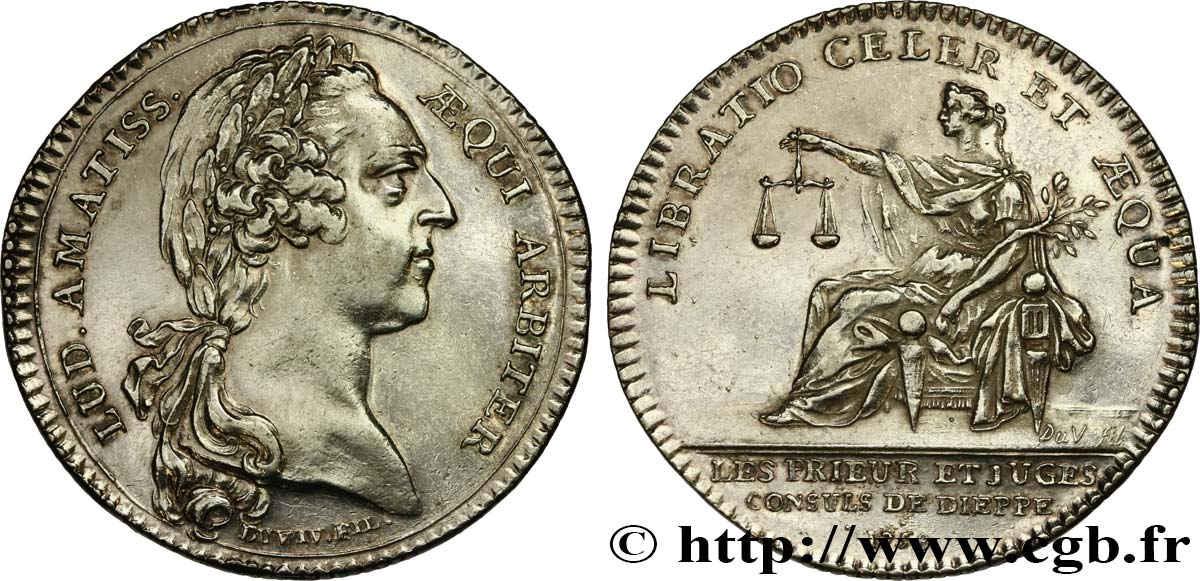
 Segnalare un errore
Segnalare un errore Stampate la pagina
Stampate la pagina Condividi mia selezione
Condividi mia selezione Fai una domanda
Fai una domanda Consegnare / vendere
Consegnare / vendere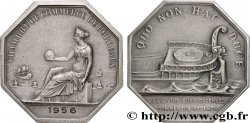
 Descrittivo
Descrittivo